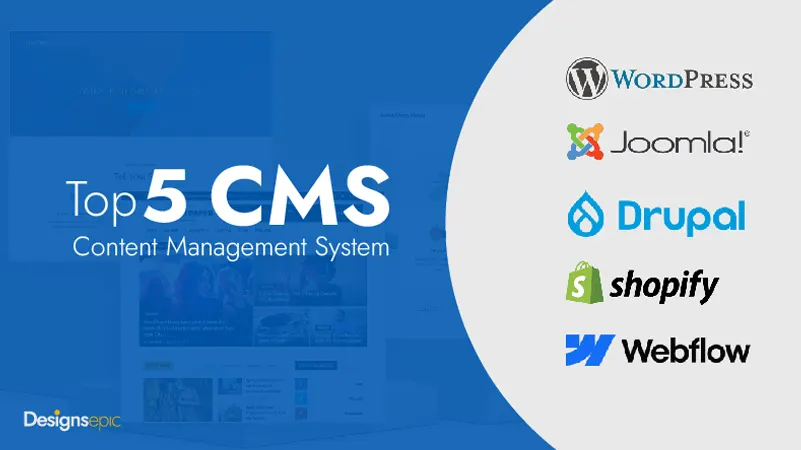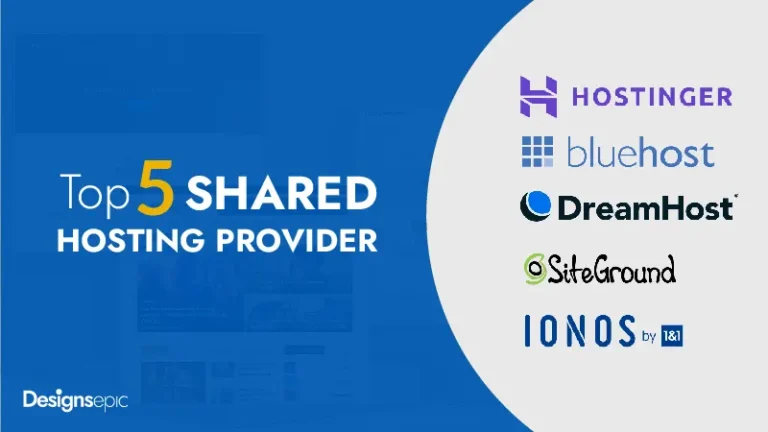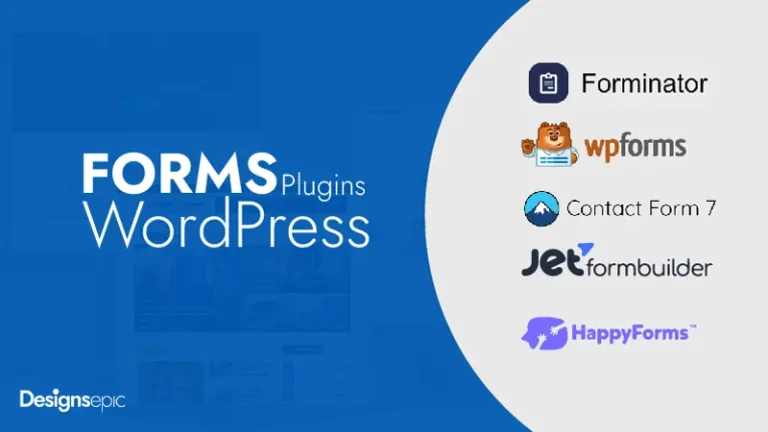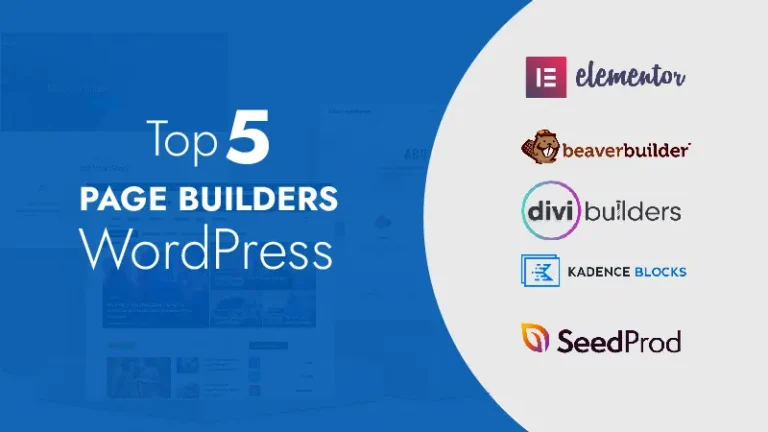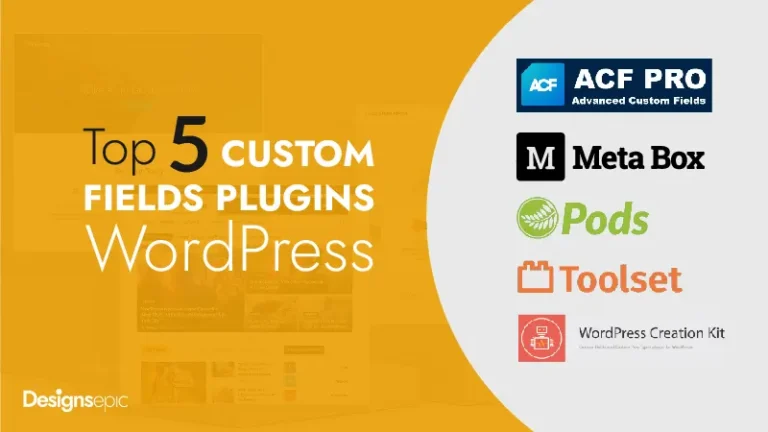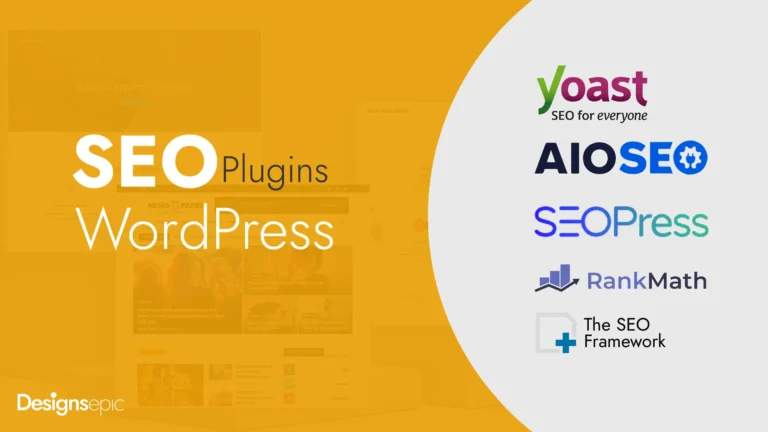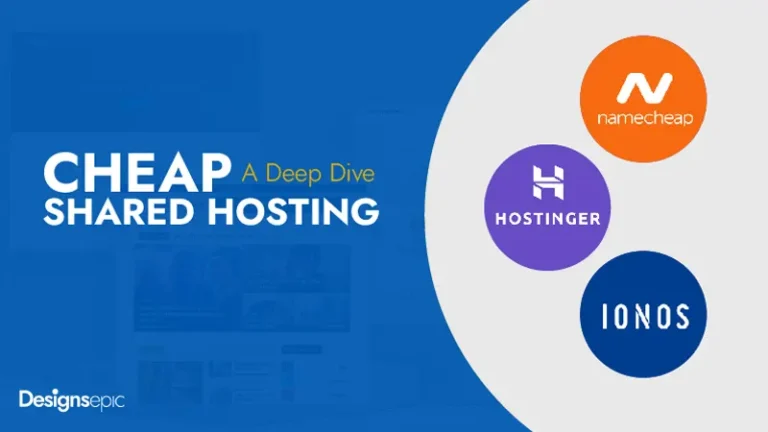Top 5 Content Management System (CMS) in 2025: A Comprehensive Guide
In today’s digital world, content is king—but managing that content efficiently is the real challenge. Whether you’re building a personal blog, running an online store, or managing a multi-level enterprise website, the right Content Management System (CMS) can simplify the entire process.
A CMS helps users create, edit, organize, and publish digital content, often without needing advanced technical skills. With countless options available, selecting the ideal CMS can feel overwhelming. This article breaks down the top 5 Content Management System in 2025, explaining their key features, pros and cons, and best use cases.
WordPress.org
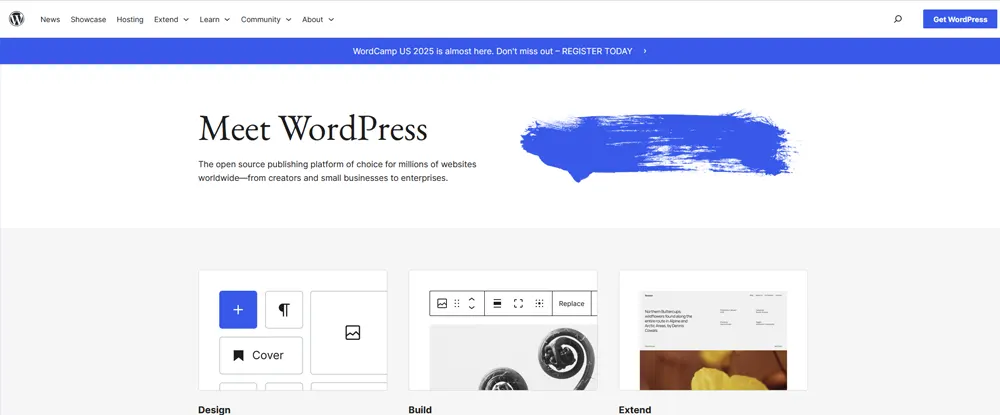
Key Features
Pros
Cons
Best For:
Best for: Bloggers, small businesses, and content-driven websites looking for flexibility and control.
Joomla
Joomla is an open-source content management system (CMS) written in PHP and backed by a MySQL or PostgreSQL database, designed for building dynamic and scalable websites. It follows an MVC (Model-View-Controller) architecture, separating content, design, and logic for efficient development and customization. Joomla provides a flexible framework for creating complex web applications through its extensive use of modules, components, and plugins. It supports multilingual websites natively, advanced access control levels (ACL) for user permissions, and robust template overrides for fine-tuned design control. The CMS also integrates with a wide range of third-party extensions, enabling e-commerce, social networking, and enterprise-level features. With a strong focus on security, performance optimization, and extensibility, Joomla is suited for everything from small business websites to large corporate portals. Its developer-friendly environment and active community contribute to continuous innovation and regular updates.
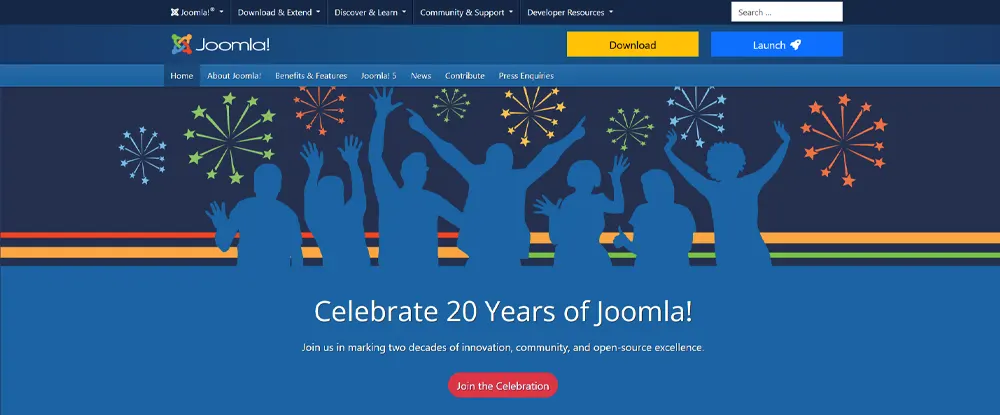
Key Features
Pros
Cons
Best For:
Experienced developers or organizations needing multilingual and complex content management out-of-the-box.
Drupal
Drupal is an open-source content management system (CMS) written in PHP, known for its flexibility, scalability, and enterprise-grade capabilities. Built on a modular architecture, it uses a core system with thousands of contributed modules and themes to extend functionality and customize design. Drupal employs an advanced taxonomy system for organizing and managing complex content structures, making it ideal for large websites, government portals, and enterprise applications. It supports custom content types, views, and fields, providing granular control over data presentation and workflows. Security is a core focus, with dedicated teams ensuring regular patches and compliance with industry standards. Drupal also offers a robust API framework for integrations, headless Content Management System implementations, and decoupled front-end development using React, Vue, or Angular. With built-in caching, multilingual support, and scalability, Drupal is suited for high-performance, content-heavy websites requiring advanced functionality and secure infrastructure.

Key Features
Pros
Cons
Best For:
Enterprises, government organizations, and developers building secure, large-scale, and highly customized websites.
Shopify
Shopify is a cloud-based content management system (CMS) and e-commerce platform designed to help businesses create, manage, and scale online stores with minimal technical expertise. Built as a Software-as-a-Service (SaaS) solution, Shopify handles hosting, security, and performance optimization, allowing users to focus on products and sales. It provides a robust back-end for inventory management, payment processing, and order fulfillment, while its Liquid templating language enables theme customization for unique storefront designs. Shopify’s App Store offers thousands of integrations, including marketing tools, shipping solutions, and analytics, enhancing functionality without extensive coding. The platform supports multi-channel selling across social media, marketplaces, and physical point-of-sale (POS) systems, making it suitable for small businesses and large-scale enterprises. With built-in SEO features, mobile-responsive themes, and secure checkout processes, Shopify delivers a reliable and scalable environment for modern e-commerce operations.

Key Features
Pros
Cons
Best For:
Entrepreneurs and businesses focused on selling products online with minimal setup and maximum ease.
Webflow (Content Management System)
Webflow is one of cloud-based Content Management System (CMS) and visual web development platform that combines design, hosting, and content management in a single environment. Unlike traditional CMS platforms, Webflow provides a powerful visual editor where users can design responsive websites using a drag-and-drop interface while maintaining clean, semantic HTML, CSS, and JavaScript output. Its CMS allows for the creation of dynamic content structures through custom collections, making it ideal for blogs, portfolios, and marketing sites. Webflow also supports advanced animations, interactions, and a headless CMS approach via API integration. Hosting is fully managed on a fast, scalable infrastructure with built-in SSL, CDN, and automatic backups. The platform caters to designers, marketers, and developers seeking control over both design and content workflows without relying heavily on third-party plugins. With SEO tools, dynamic content capabilities, and a user-friendly editor, Webflow bridges the gap between no-code and full-code development.
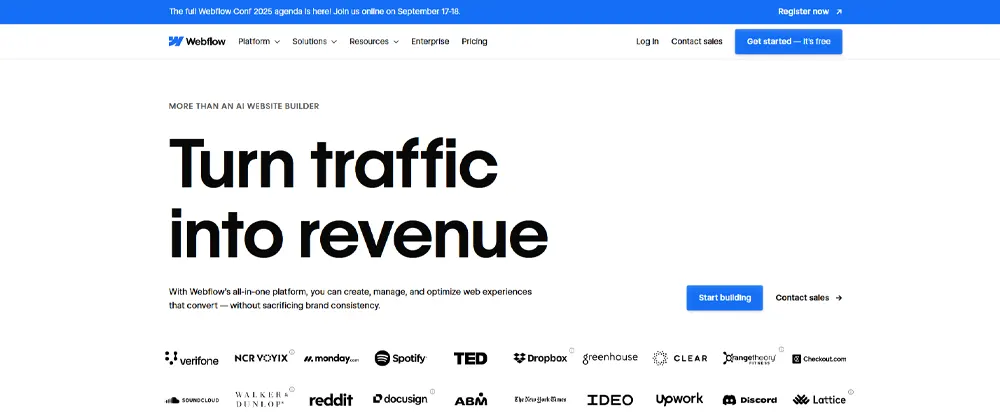
Key Features
Pros
Cons
Best For:
Designers, creatives, and agencies who want pixel-perfect control with CMS capabilities and no coding required.
Final Thoughts
The right CMS Content Management System depends on your unique needs—not all platforms are created equal. Here's a quick recap:
As CMS technology continues to evolve, we're seeing growing emphasis on headless CMS, AI integration, and no-code platforms—all aimed at simplifying the creation process while expanding capabilities.
Whether you're a business owner, developer, designer, or hobbyist, there's a CMS out there tailored for your goals. Take the time to evaluate what matters most: ease of use, flexibility, performance, or control.
Choose wisely, and your CMS won’t just manage content—it will empower your vision.

